The family of one of my school friends owned a couple of Honda motorcycle dealerships so a weekend at their house was always a treat because there were trail bikes or stripped-down Honda Cubs to play with. But it’s the cars I remember.
His dad had a BMW Batmobile (almost new back then) and his mum had a Suzuki SC100 Whizzkid. Not surprisingly, it was the CSL that I remember best. And if I did ever go in the little Suzuki, I’ve forgotten.
The memory is about to be triggered because among the heritage vehicles Suzuki has brought to this centenary event is a very tidy 1982 SC100 GX. From the last year of production, it features a 47bhp 970cc four-cylinder engine mounted in the back of the car and driving through a four-speed gearbox. The engine produced such a rearward weight bias that Suzuki added ballast behind the front bumper.
We’re heading north from Cardiff into the hills with the Whizzkid, plus an Ignis and Swift Sport, both brand new. The Swift Sport is a nice little warm hatch but not as captivating or fun to drive as its non-turbocharged predecessors. That said, I’d rather own it than Mercedes’ ludicrously overpowered 400bhp A45. The Ignis is one of my favourite cars. This one is four-wheel drive, which is a shame because it weighs 940kg whereas the 2WD model tips in at 895kg. That’s remarkable for a four-door car that meets modern crash regulations. Quite how Lotus let the last Elise get so near a tonne I do not understand. Mazda is the only other mainstream car company that understands dieting as well as Suzuki.
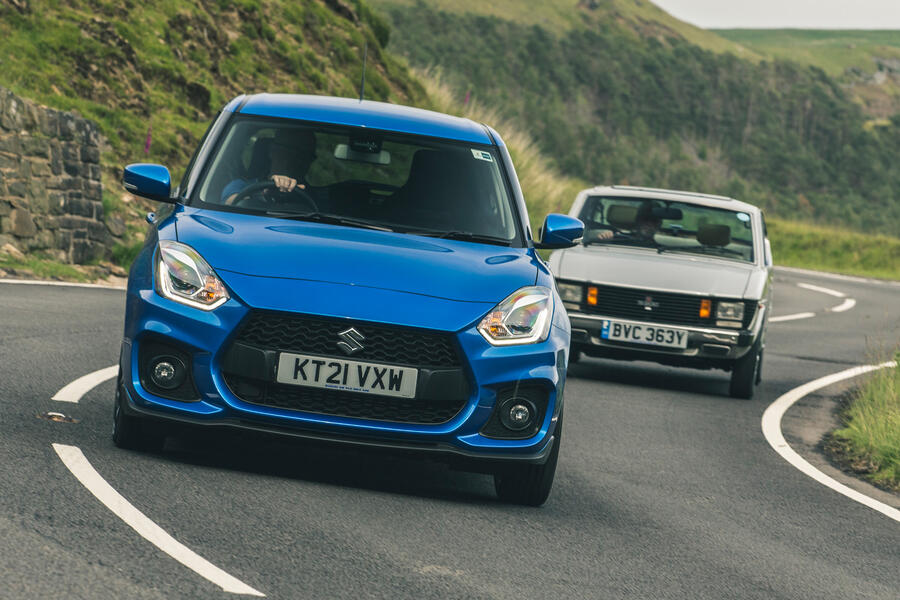
Stupidly, I forgot to brief young Luc Lacey, our photographer, on the performance limitations of old cars before we set off in convoy up into the mountains. He’s not going mad in the Swift Sport, but the SC100 has a top speed of only 87mph and that’s with a tailwind. What you don’t want in the diddy Suzuki is a crosswind, as I suspect that the rear weight bias means a scary lack of straight-line stability in blustery conditions.
A friend who owned one described the Whizzkid as being like a Porsche 911 to drive but with no performance. Actually, it reminds me of the Skoda Rapid: light, slightly skittish front end and light steering through which you can feel everything that’s happening with the front wheels and tyres. Up in the hills and on country lanes, the SC100 is a delight. It’s so small that you have about twice as much road to play with as other drivers and its modest horsepower means that you are always planning ahead and conserving momentum. The brakes aren’t brilliant but it doesn’t feel as though the pedal is suddenly going to go to the floor. The handling is tidy despite the layout but there are double wishbones and coil springs at each corner.

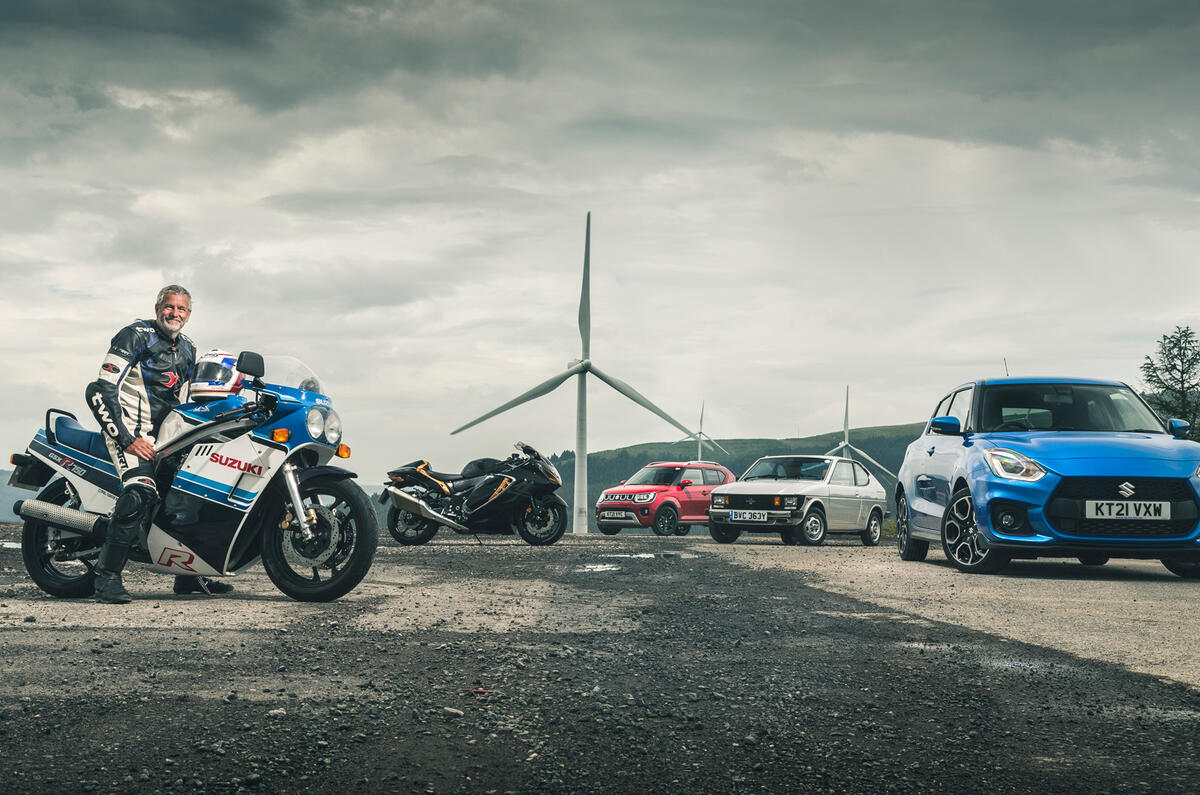
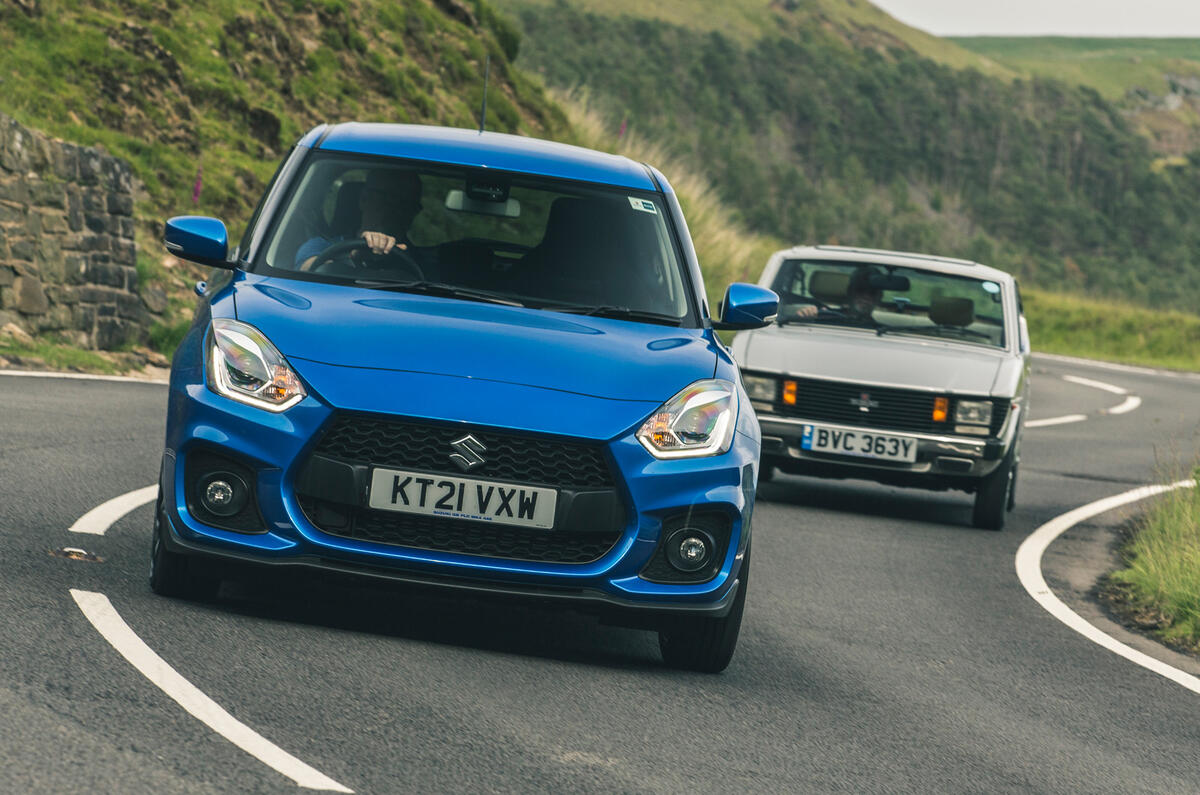
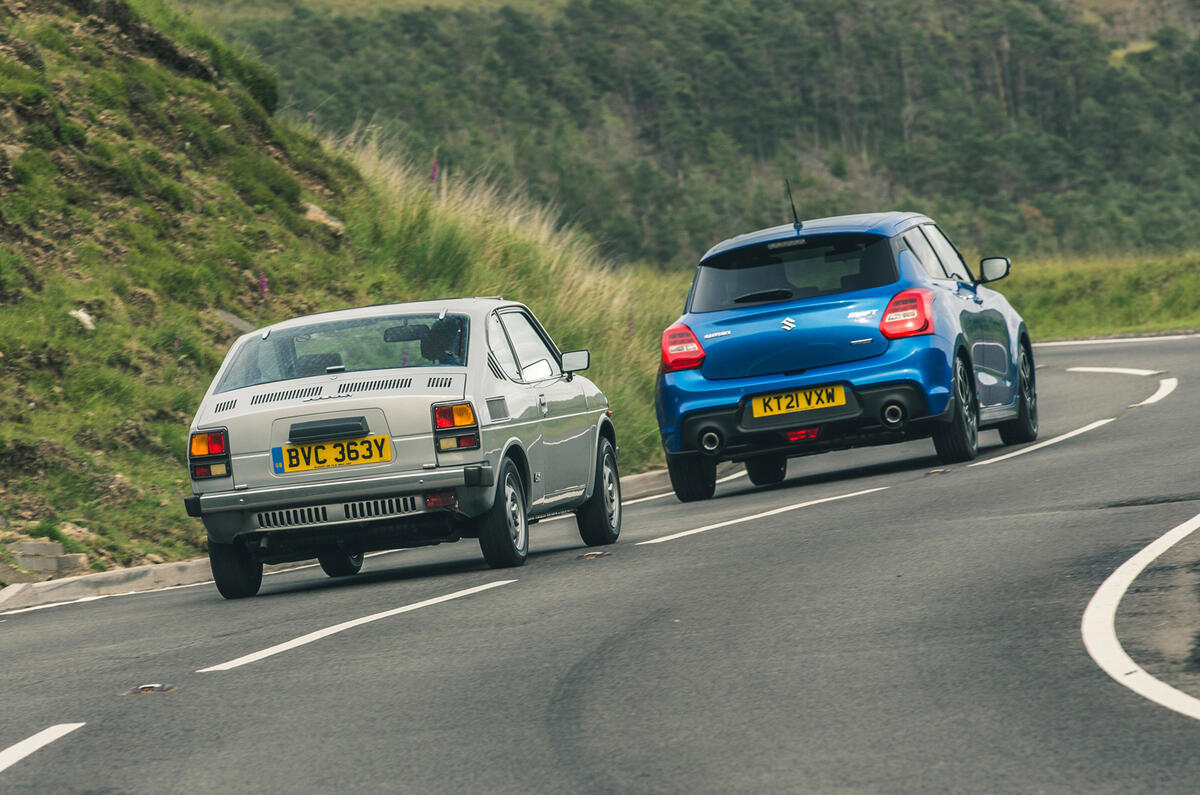

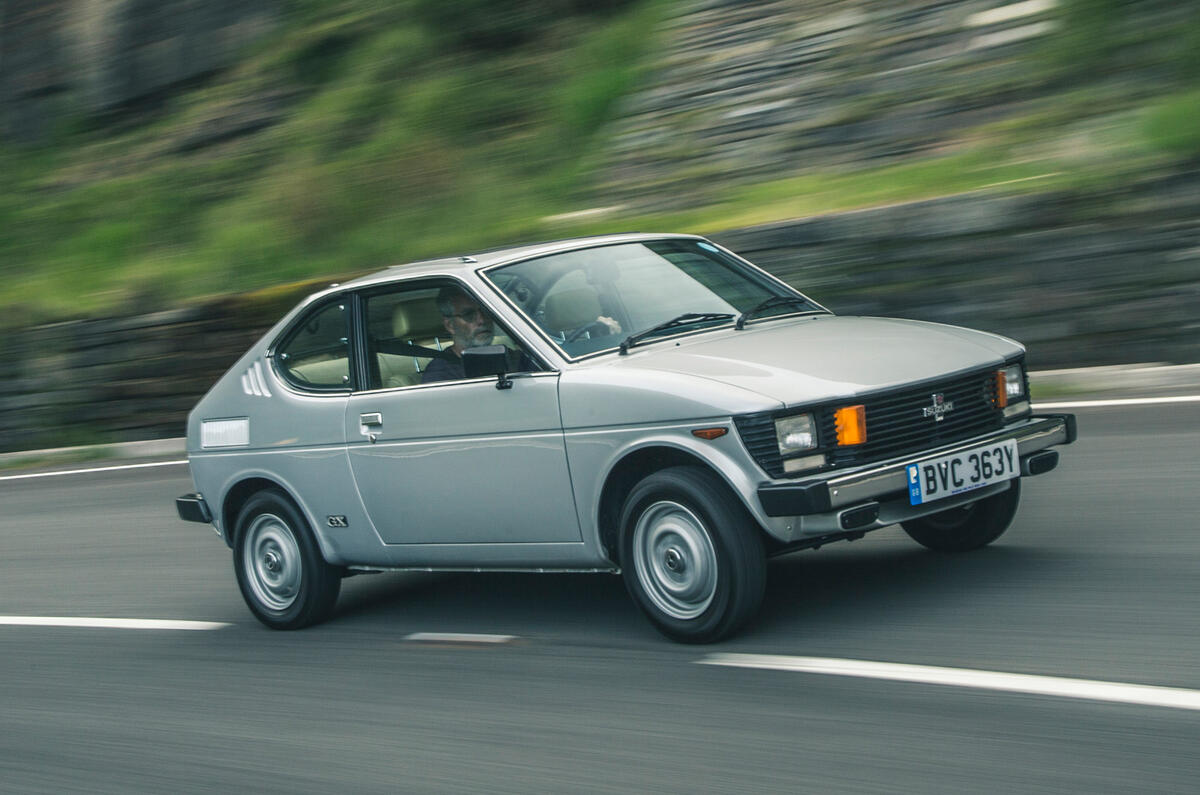
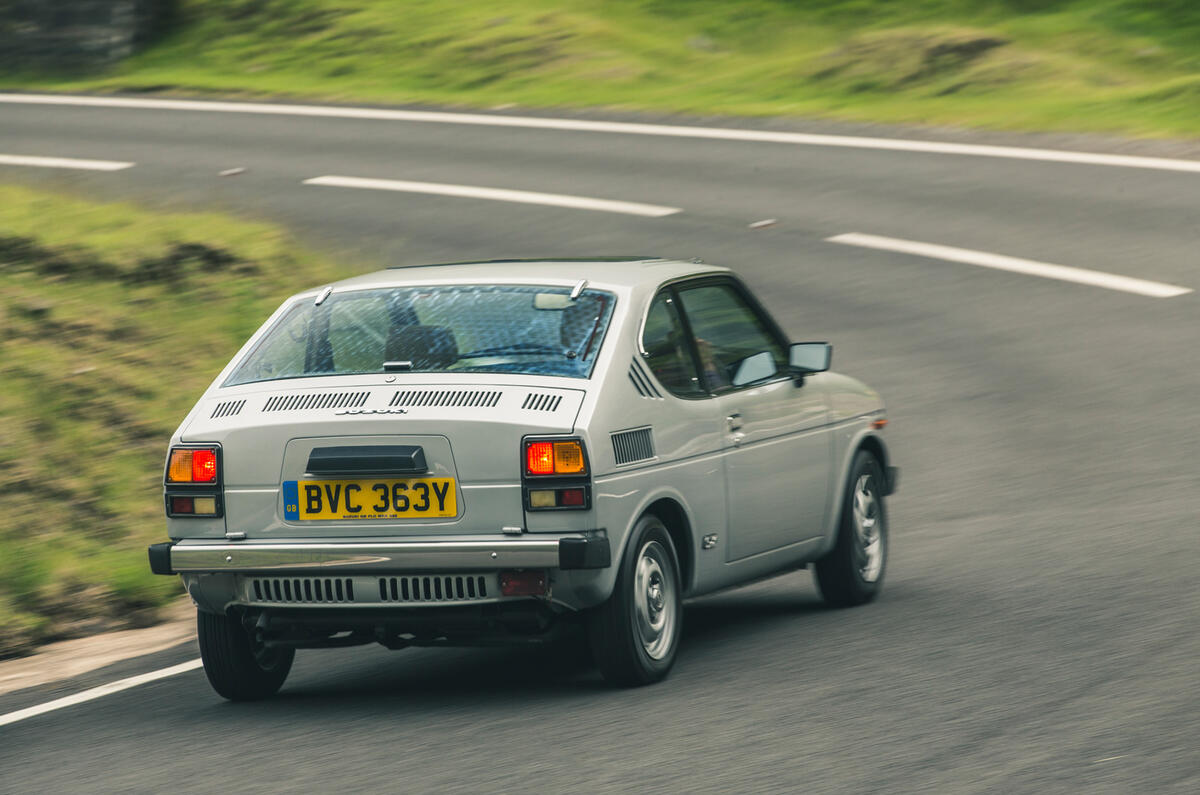
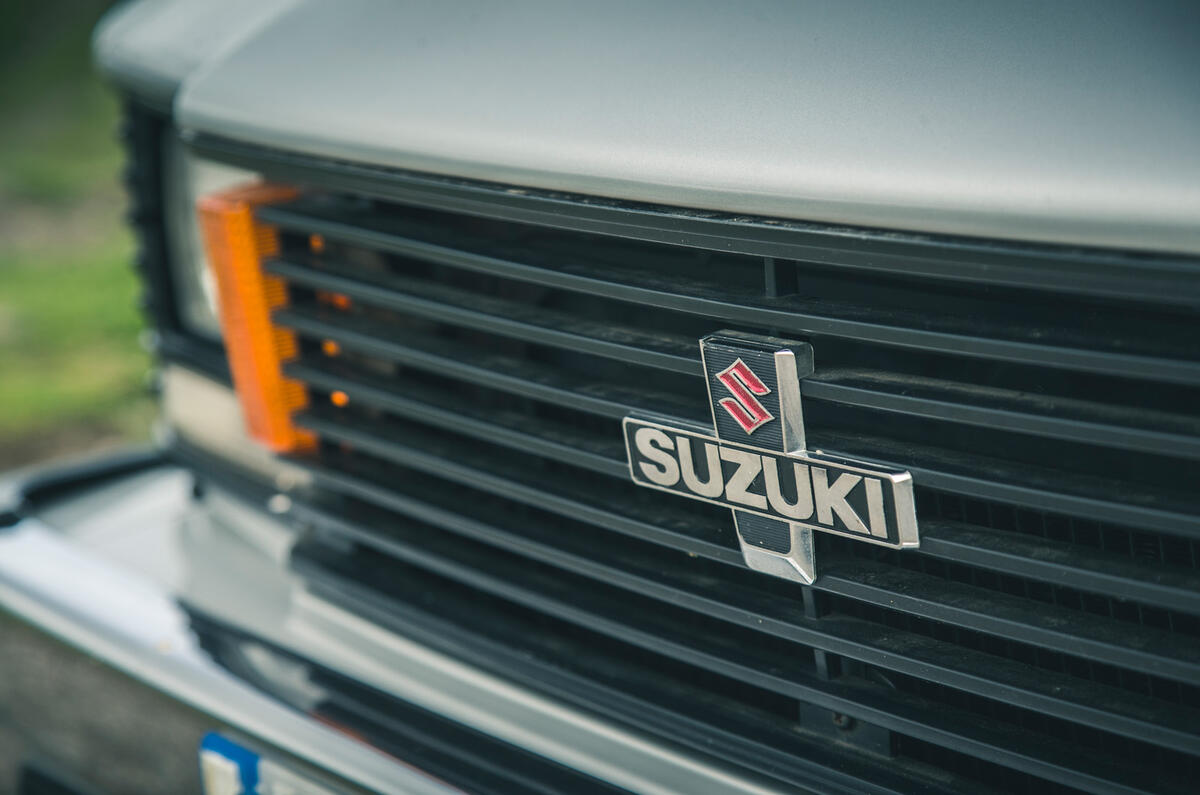
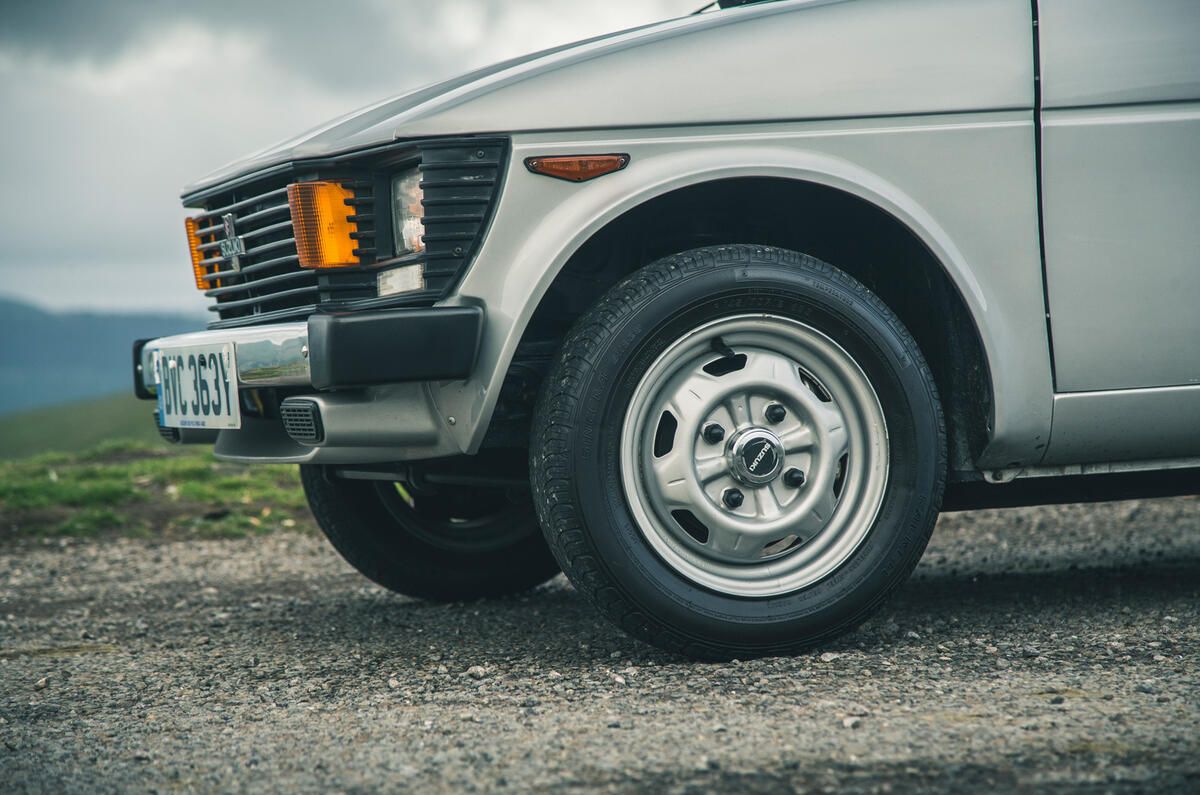
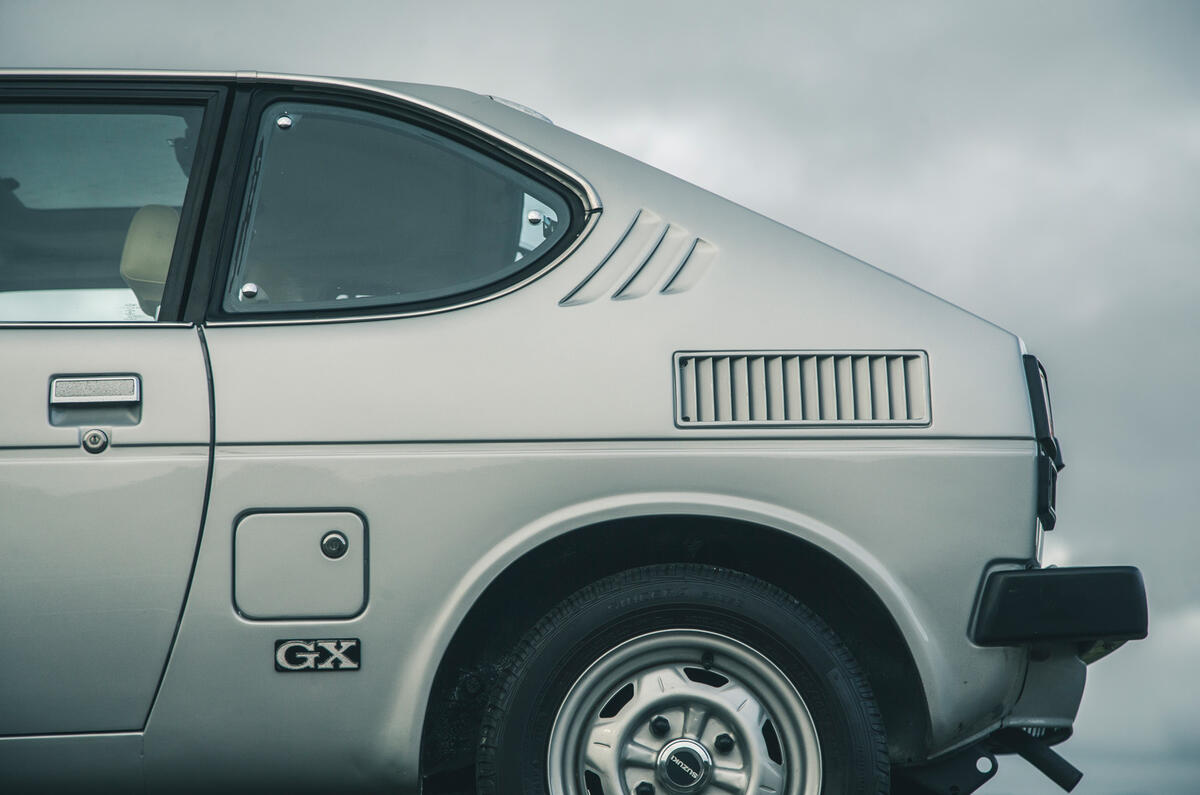
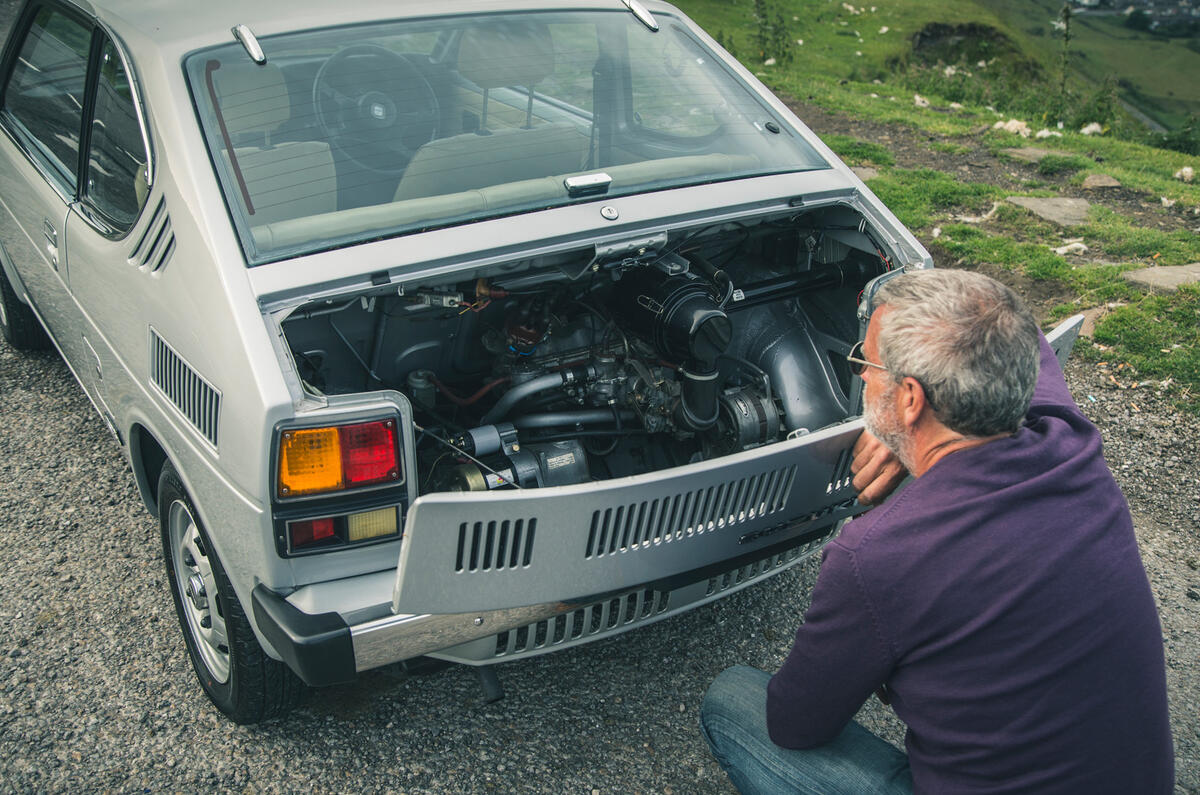


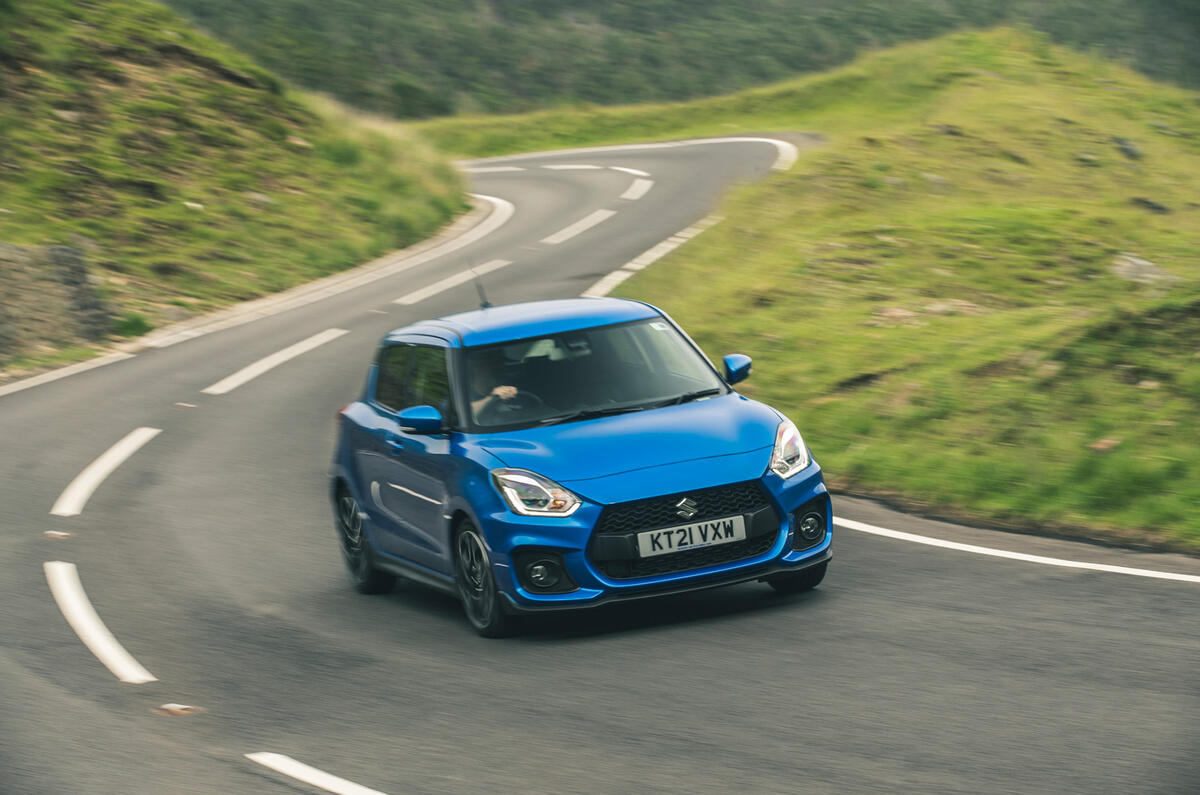
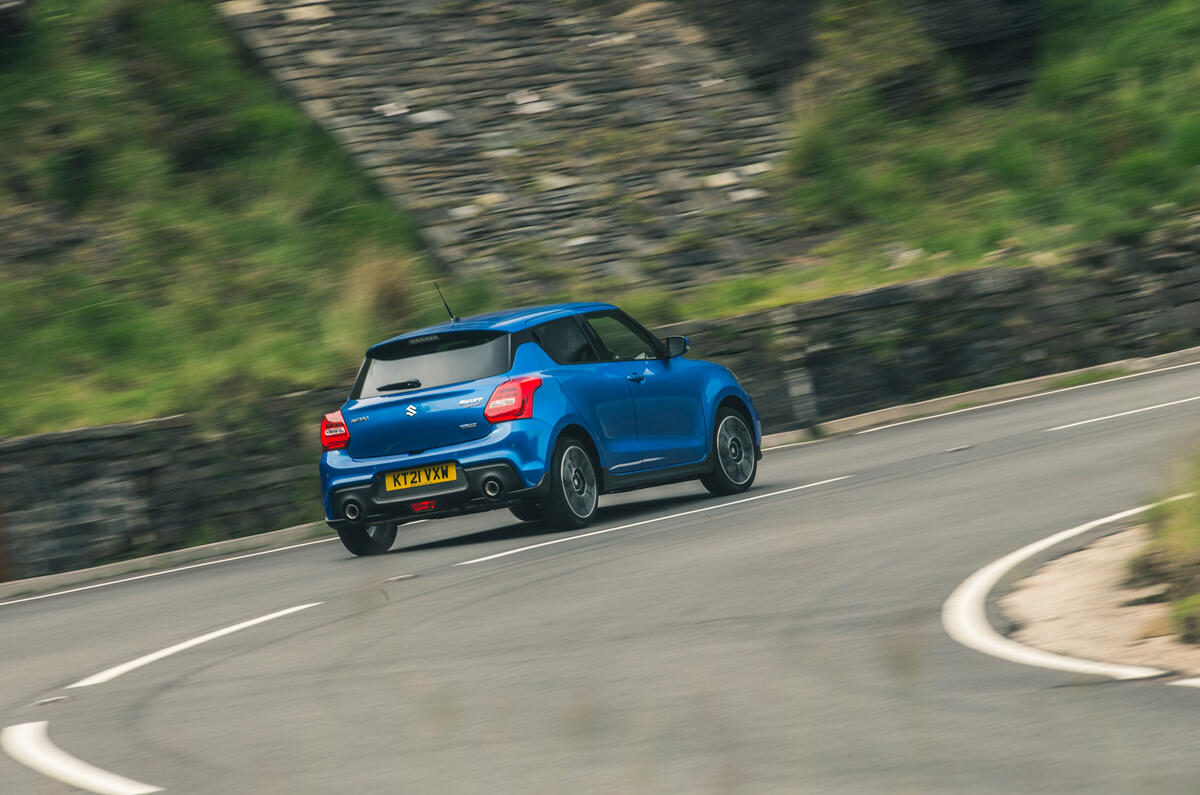

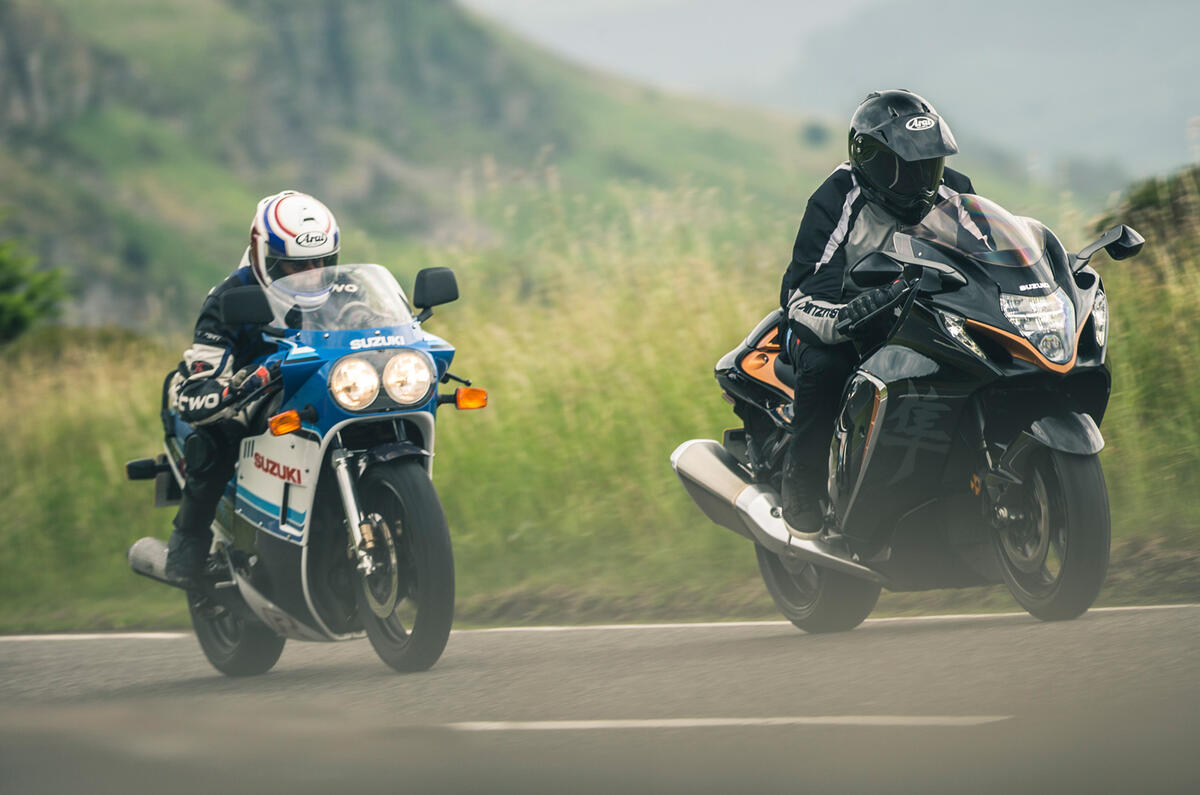
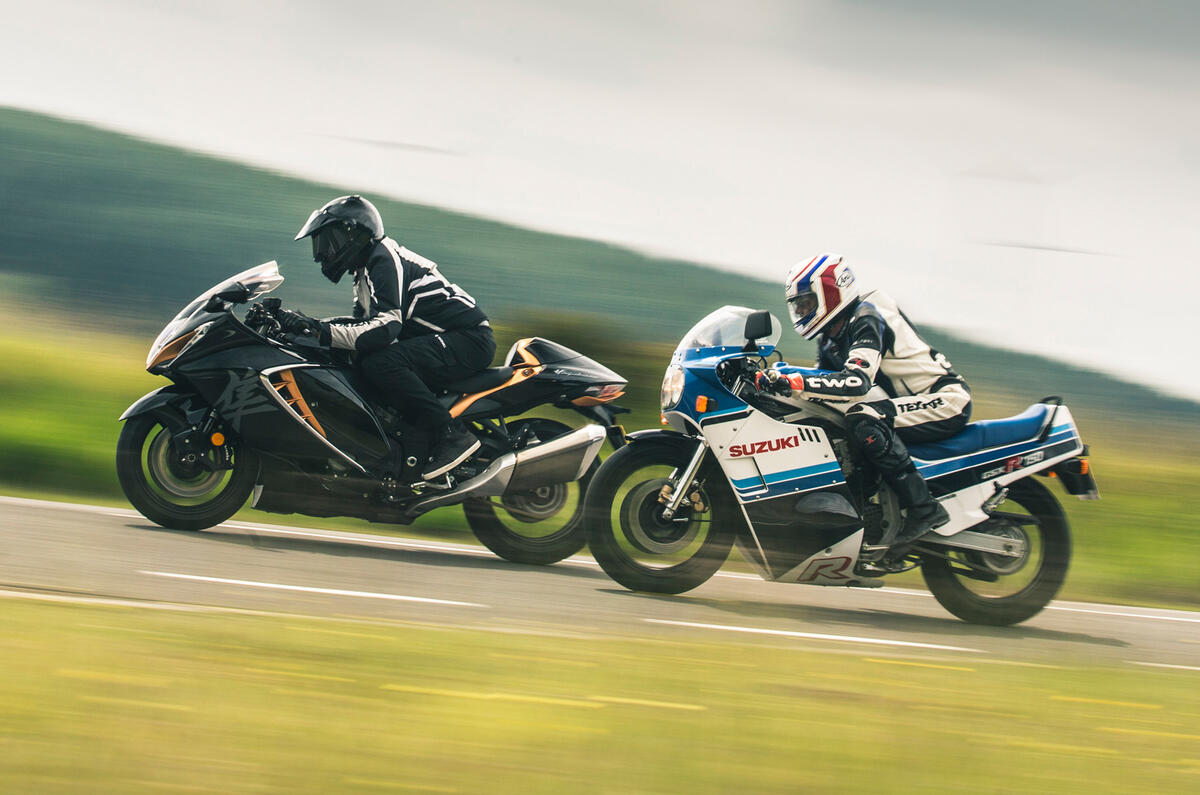
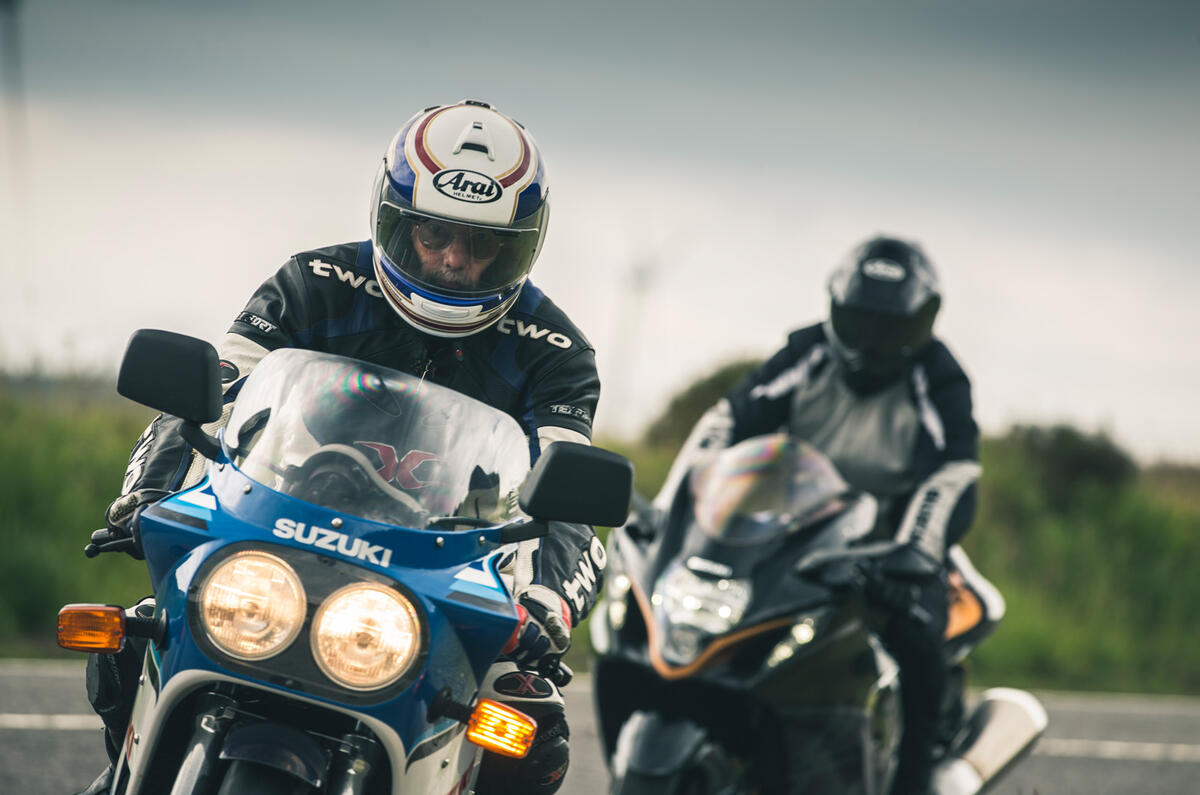
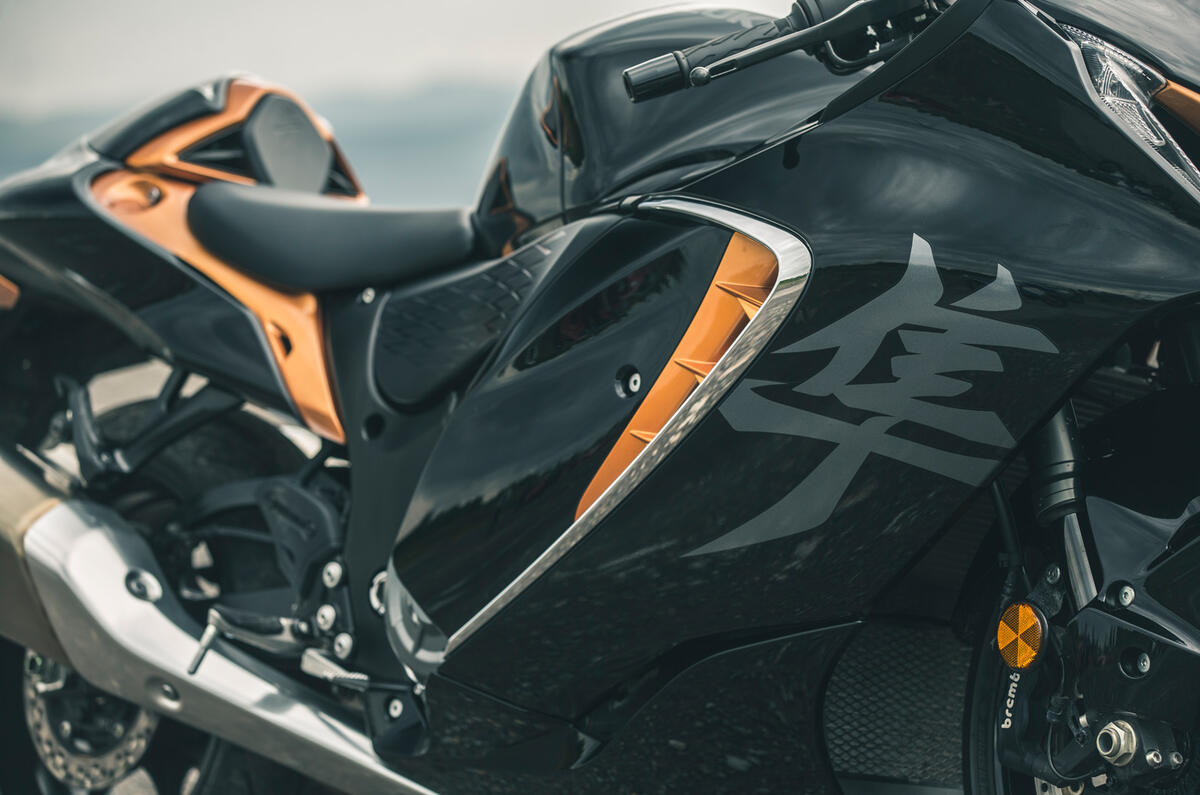
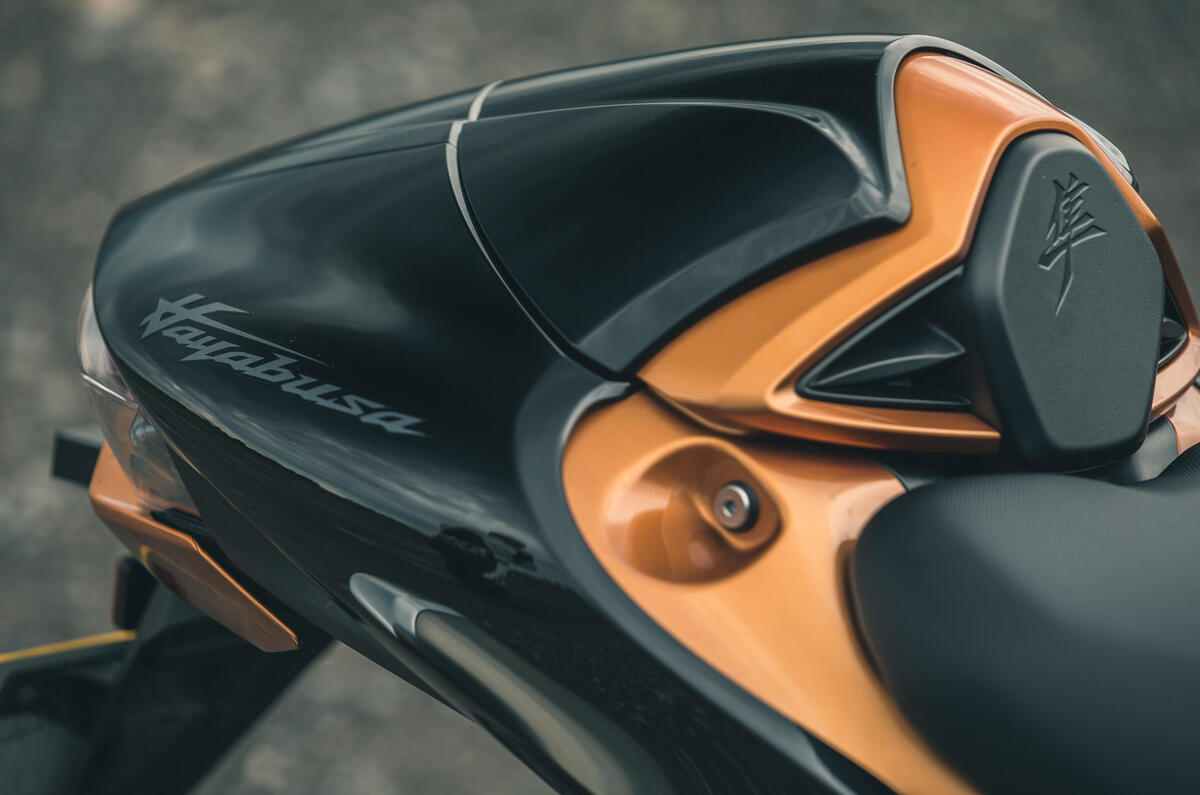
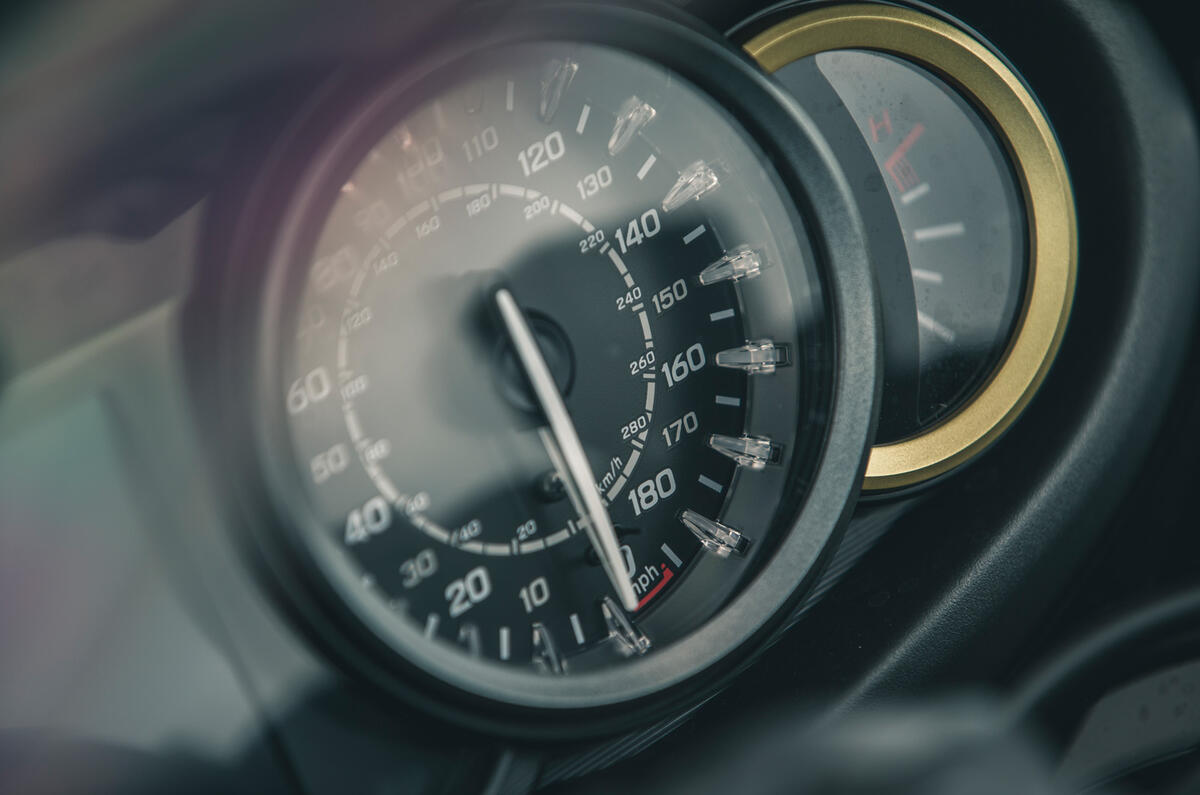

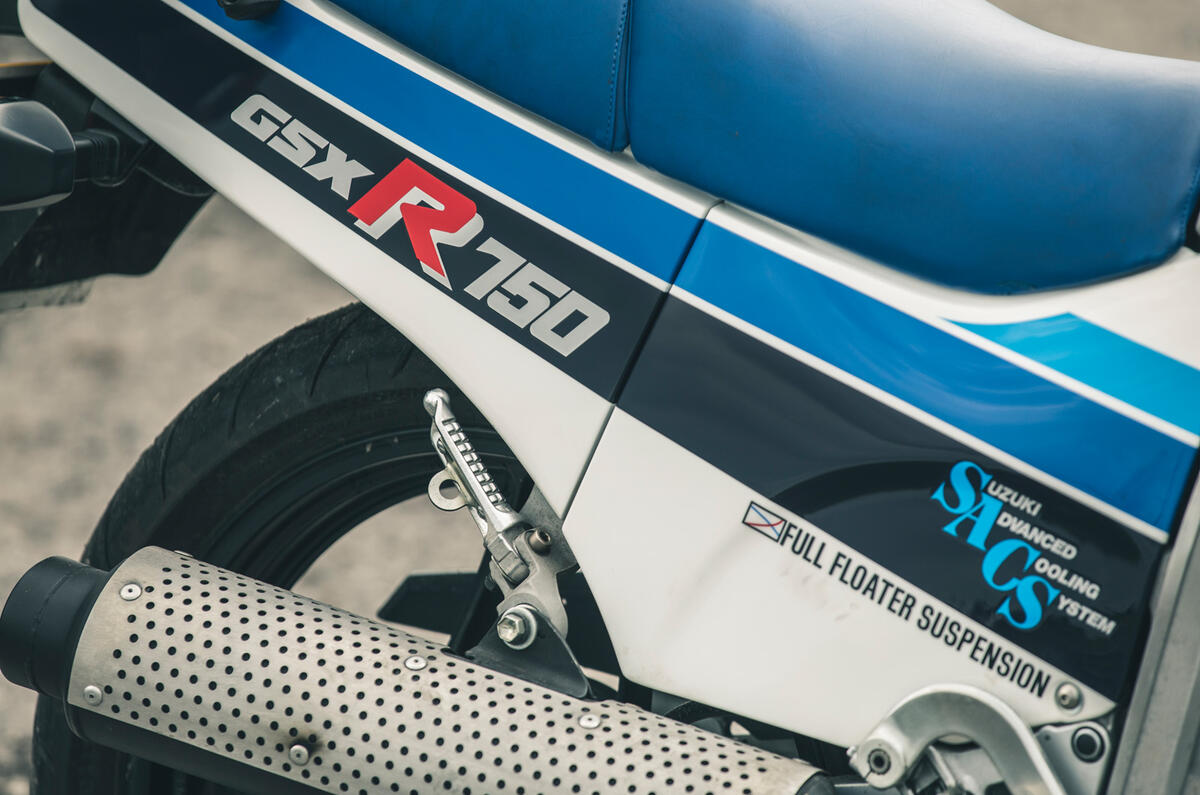
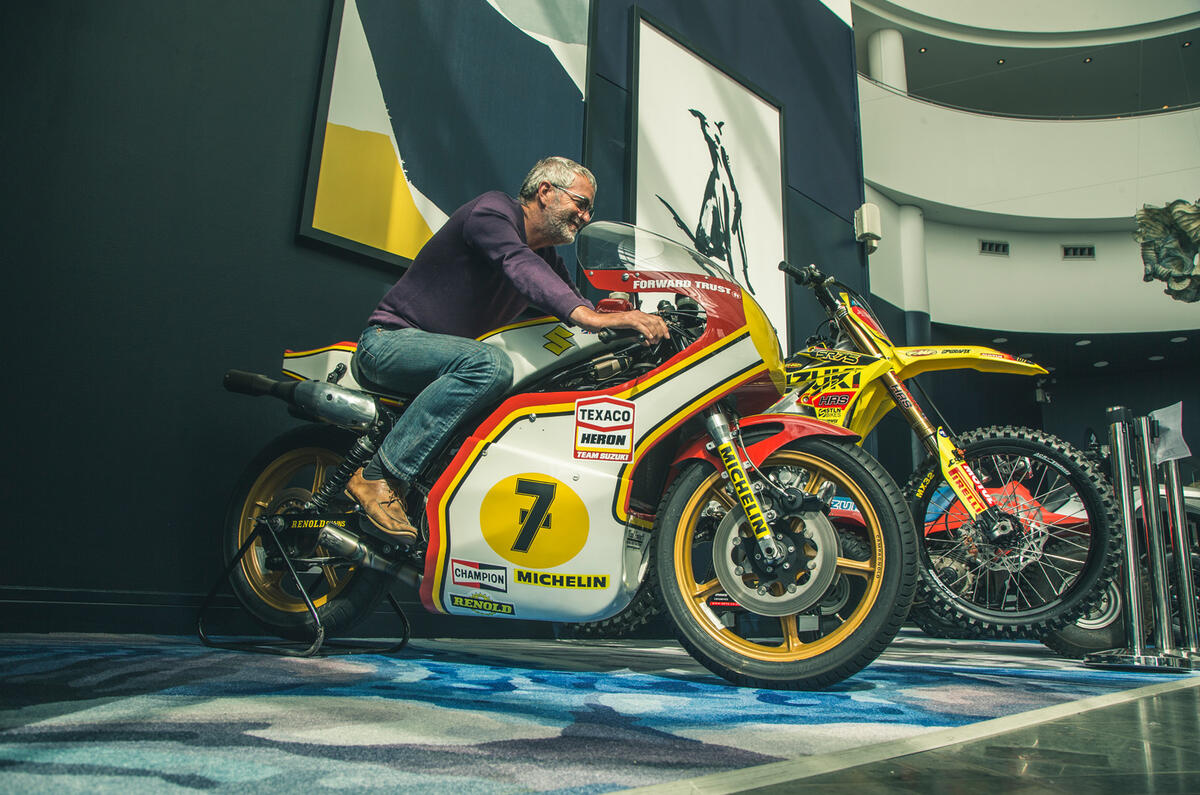
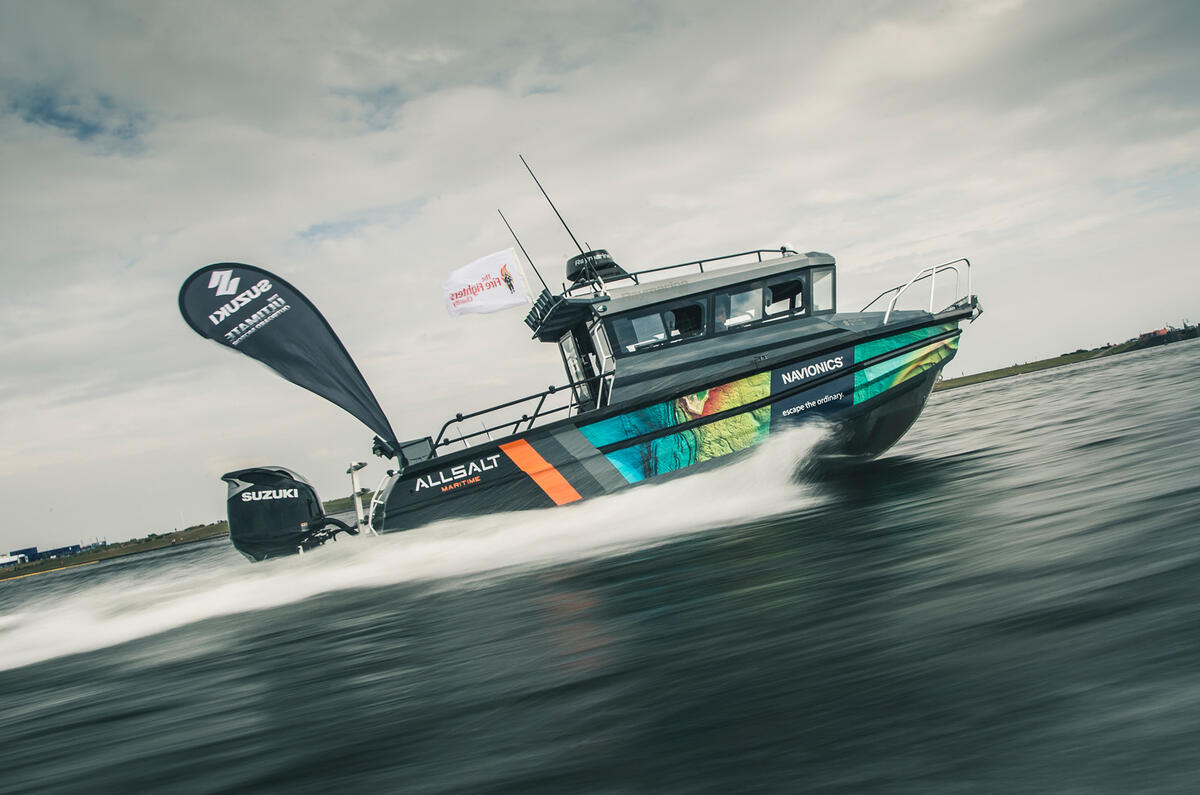
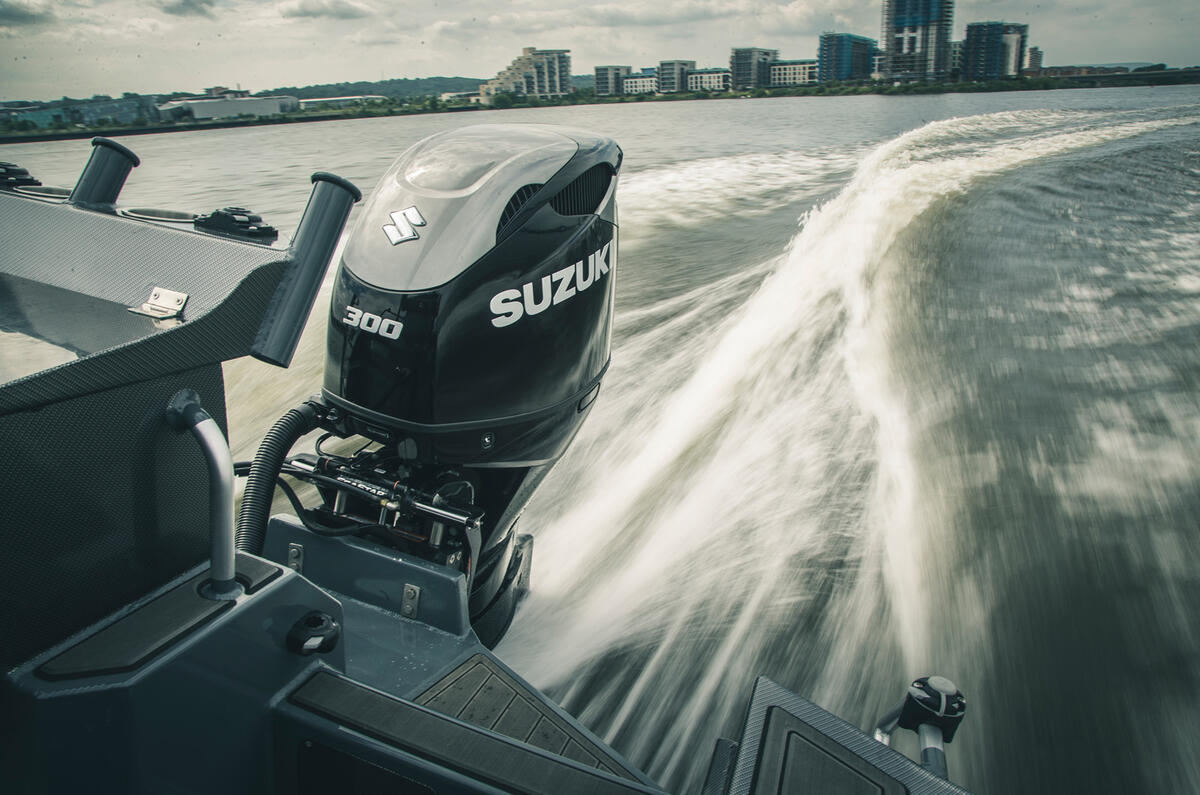
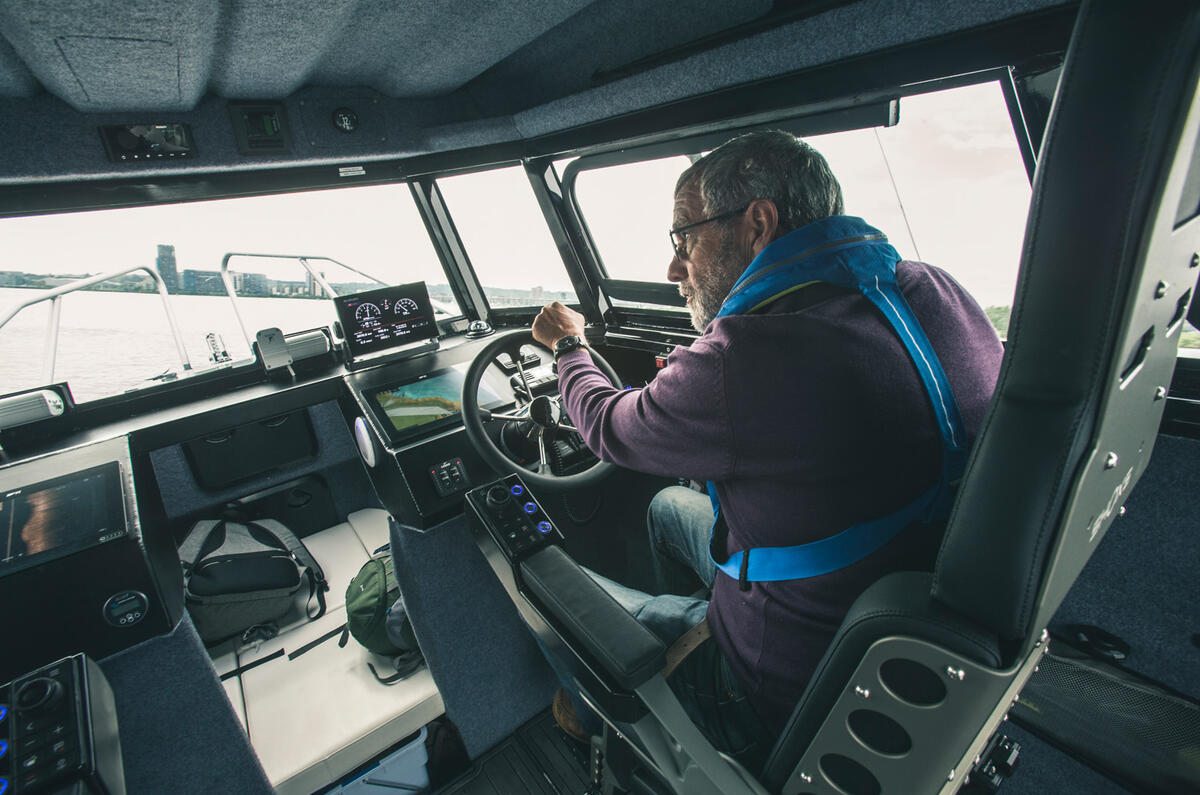
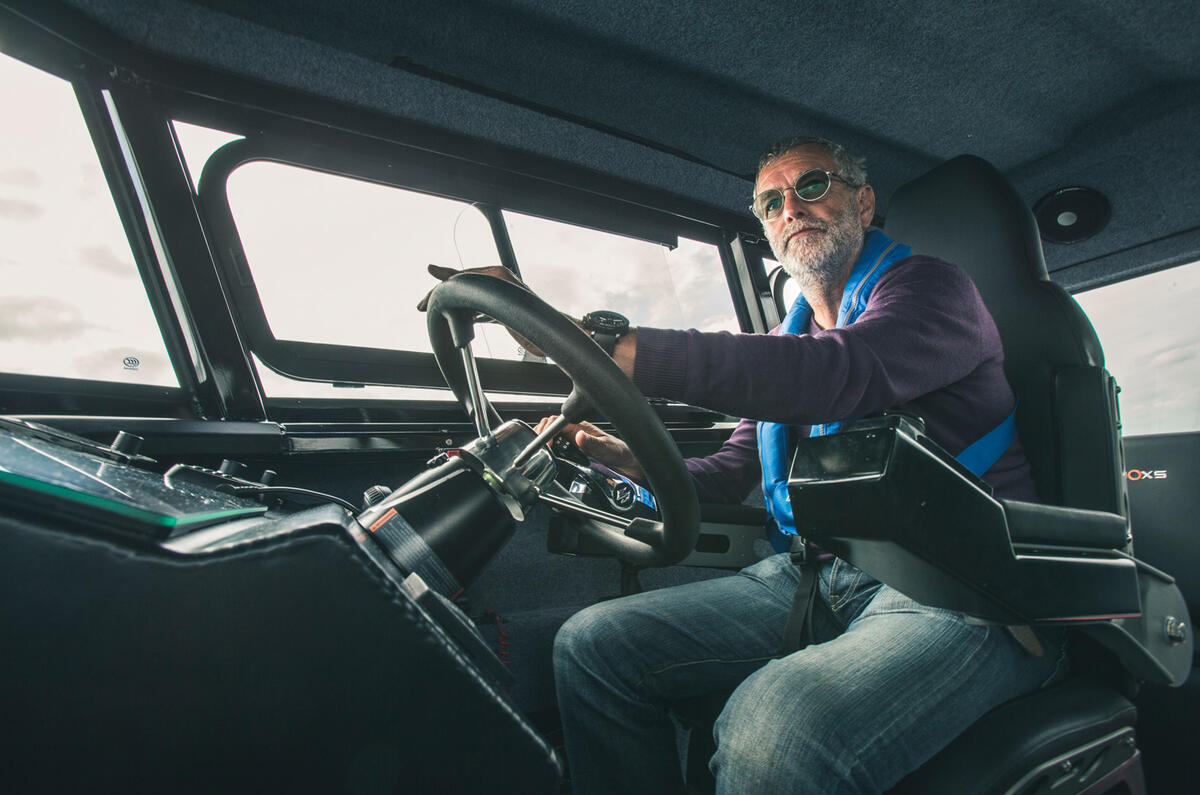
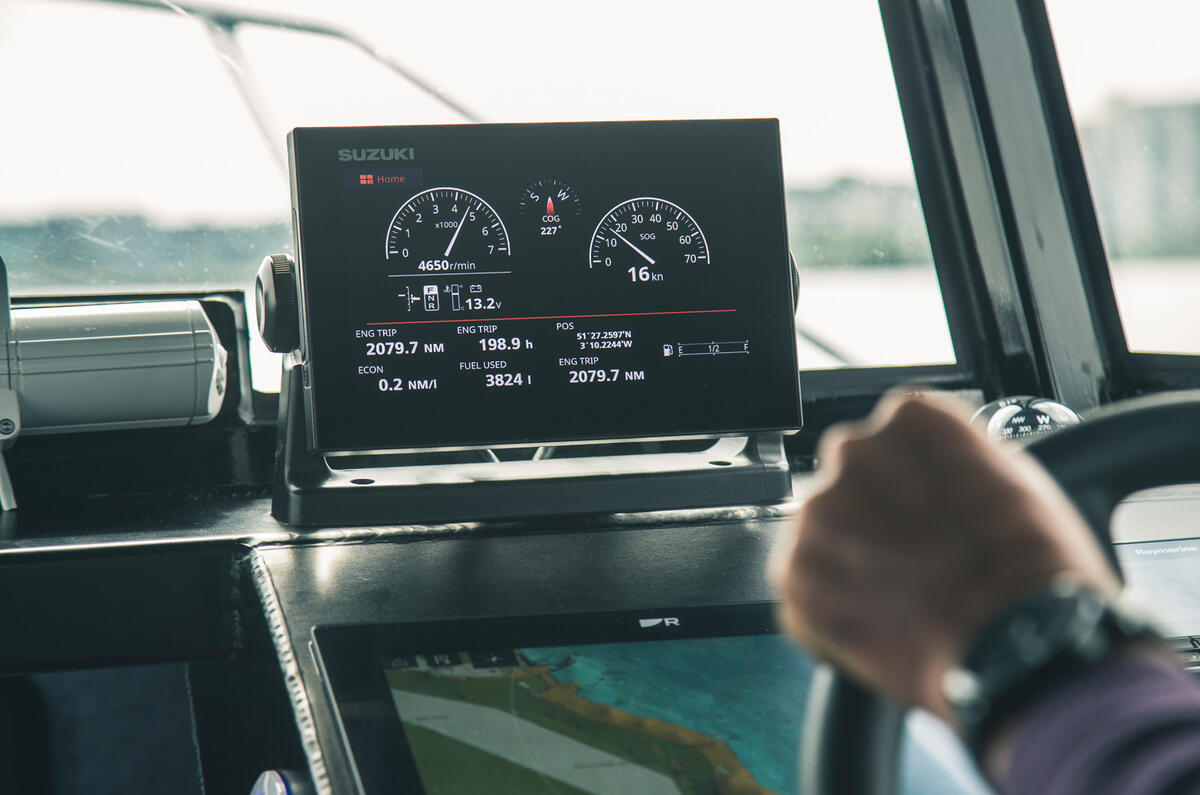
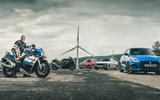
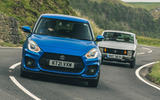

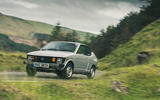
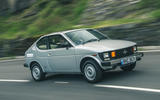
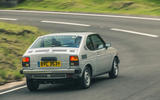
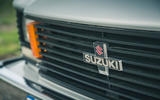


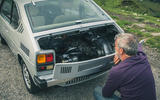

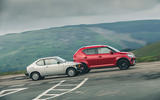

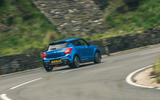
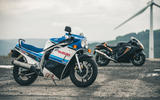
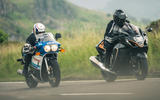
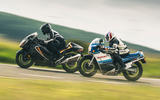


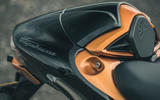



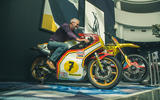




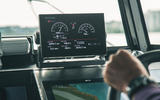

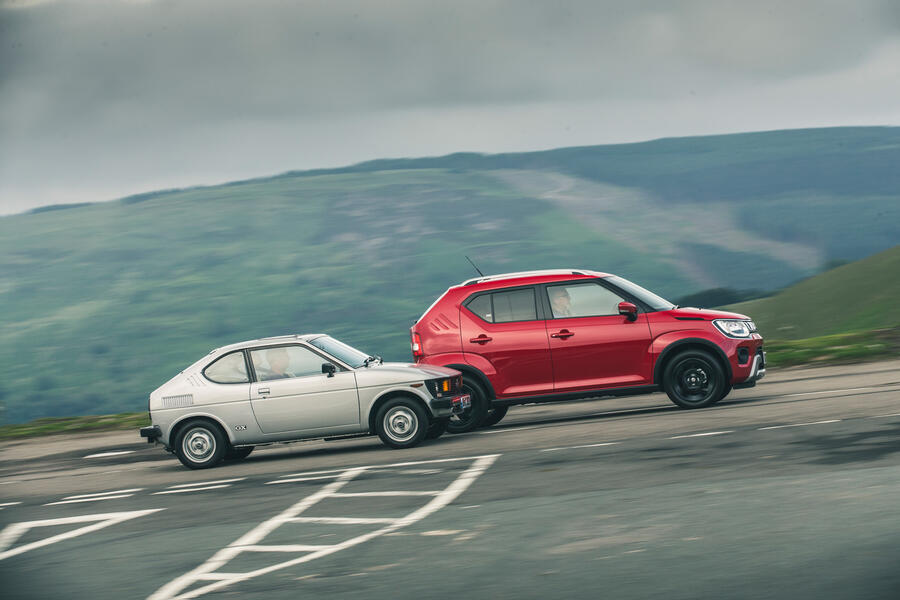
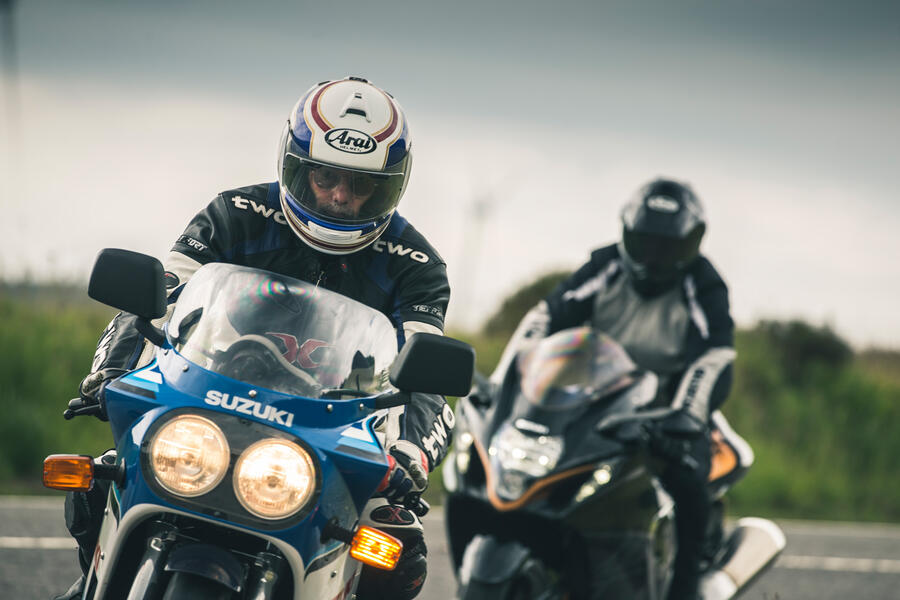
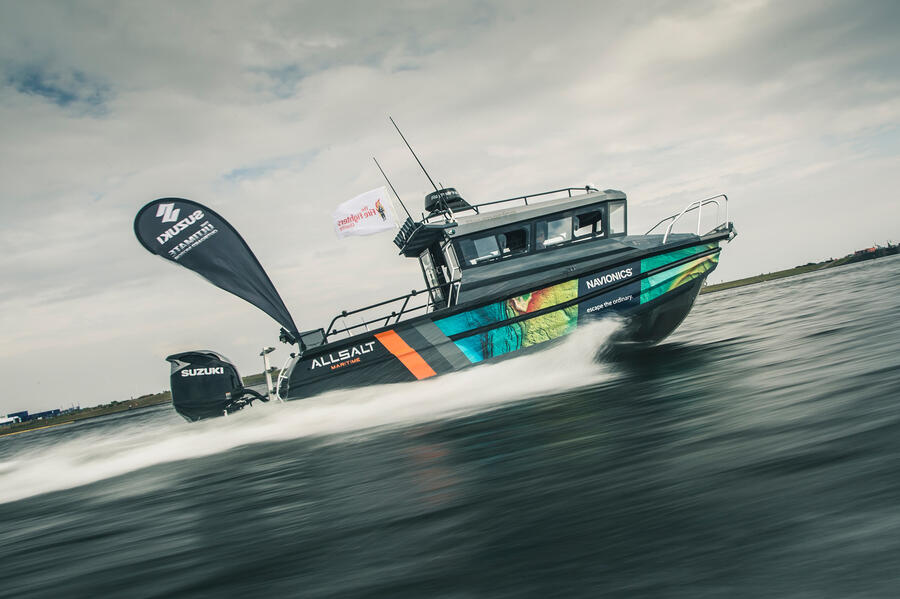
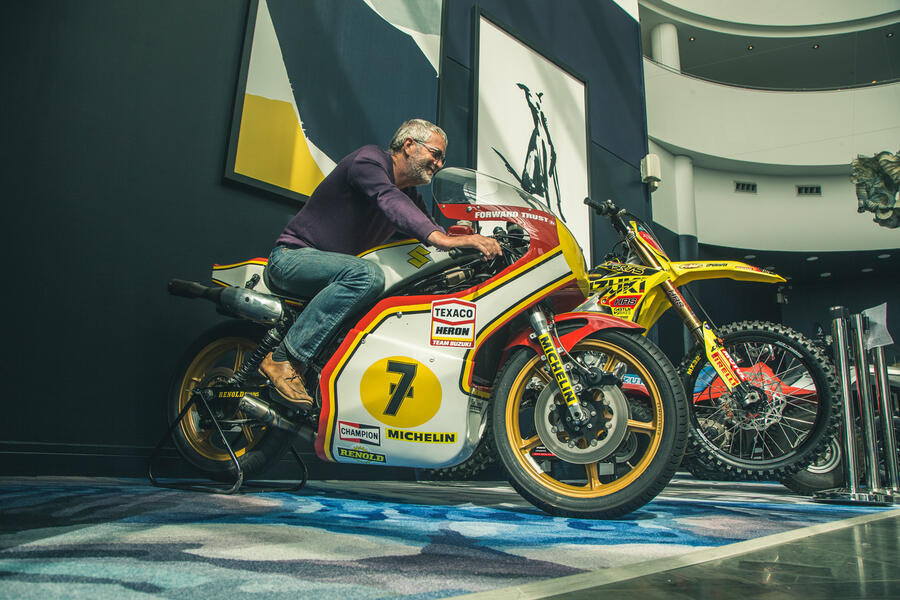

Join the debate
Add your comment
Still the 3 door Baleno was nice but the dashs on them were horrible cheap plasticky things.
The Jimmy is a great little thing. Such a pity they do not sell the current one here in Irelsnx but I can see some been imported from Japan in the future. A pity
If Brexit had not happened they could have been bought from Britain or ever Northern Ireland new or 2nd hand but Japan is where a lot of second hand cars in our market are coming from now. Britain's loss Japan's gain.
Had their bikes, both on and off road, had their cars and without a shadow of a doubt the most under rated company there is in the motor trade.
Problem is they seem to be getting weaker.
Nice piece. Sadly I fear that, in the UK at least, Suzuki are increasingly going to be just sellers of re-badged Toyotas.